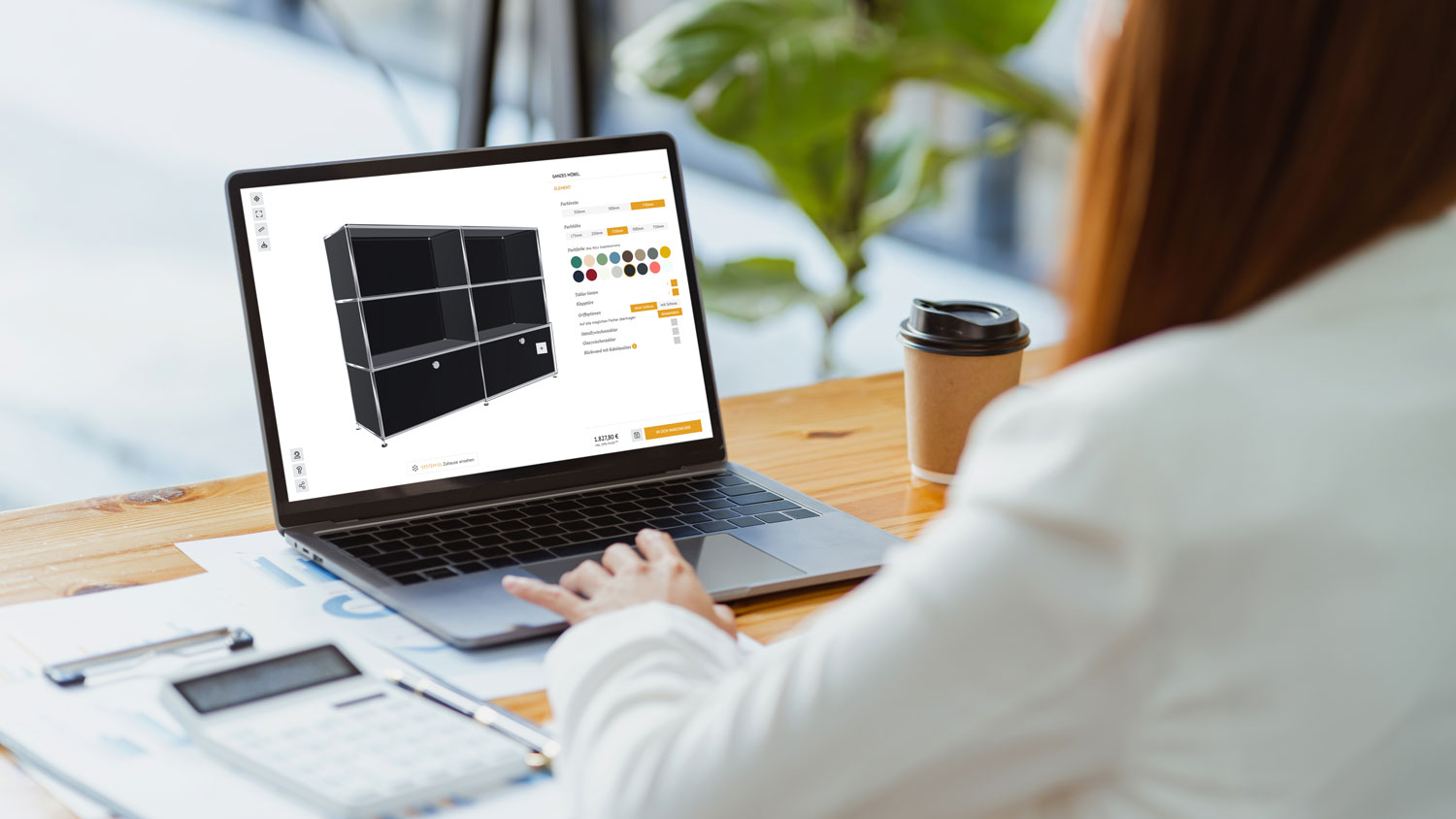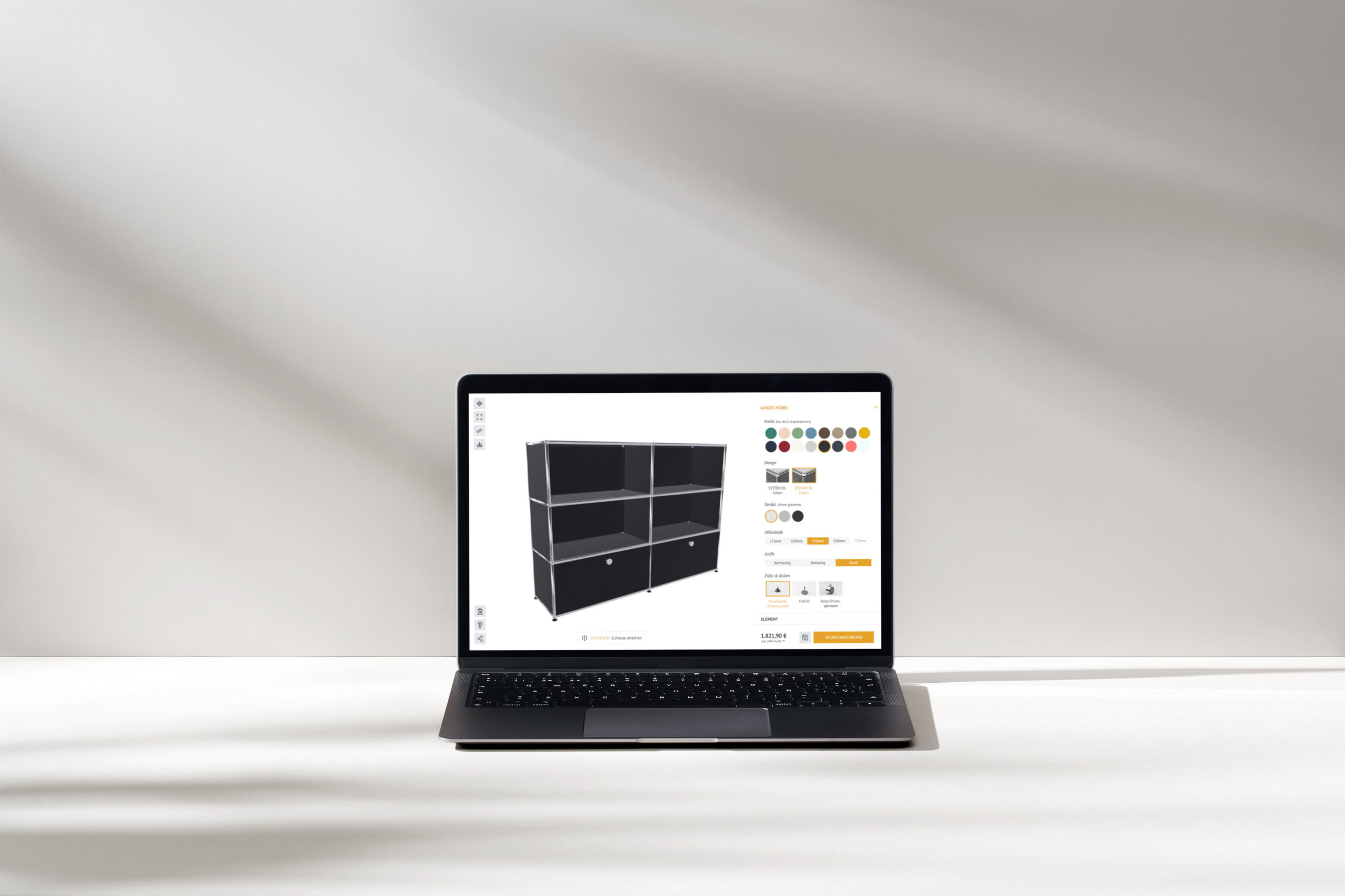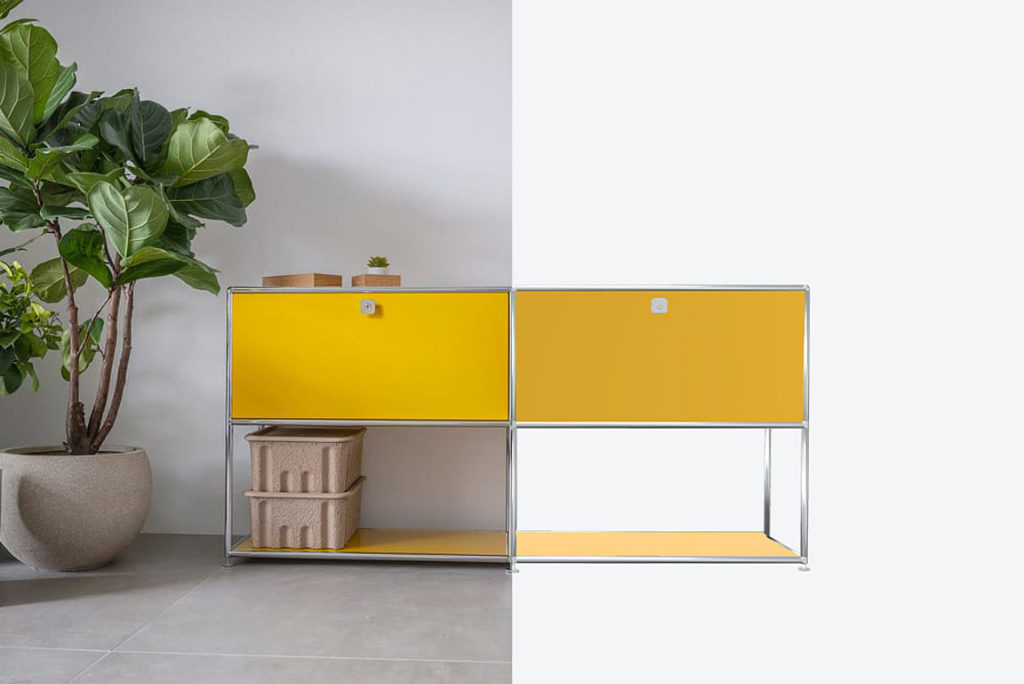3D Visualization versus Product Photography in E-commerce: A Technological Perspective
Written by
Editorial TeamPublished on

As the internet takes center stage in our lives, influencing purchasing patterns, the significance of impactful visuals cannot be overstated. The online realm, often serving as the initial point of contact with products, emphasizes the pivotal role of high-quality images. While traditional product photography has been a go-to for creating advertising content, the emergence of 3D visualization introduces a new dimension to the process. This article aims to dissect the disparities between 3D visualization and product photography, advocating for the superiority of 3D visualization.
Understanding the Contrast
Product photography, a long-established practice, involves capturing various angles and settings using a camera, coupled with subsequent editing using digital tools. Conversely, 3D visualization, a relatively novel concept, unfolds entirely in the digital realm. Products are digitally modeled based on CAD files or image references, placed in a virtual space, and then photographed using a physically accurate light simulation.
Advantages of 3D Visualization
- Efficiency in Material Creation: Unlike the extensive organizational efforts required for traditional photo shoots, 3D visualization eliminates the need for physical settings, permits, and large teams. The entire process is streamlined digitally, reducing both time and costs.
- Flexibility for Changes: 3D rendering allows for effortless modifications to the advertising material. Digital archives facilitate the swift transformation of settings, graphics, models, or colors, providing a level of flexibility unattainable in traditional photography.
- Rapid Generation of Diverse Renderings: The digital nature of 3D visualization enables the creation of numerous renderings in a short span. Whether showcasing different products in the same setting or creating variations of advertising material, the customization possibilities are extensive.
- Universal Applicability: Unlike product photos with specific resolutions and dimensions, 3D graphics offer unparalleled freedom. Exportable at any resolution without loss of quality, 3D graphics outshine traditional photography, which often necessitates expensive equipment for high-resolution images.

Embracing the Future with 3D Visualization
In the evolving landscape of e-commerce dominated by online interactions, the role of visuals in product representation becomes pivotal. Traditional product photos serve as crucial elements in online advertising, influencing user perceptions. However, 3D visualization takes this a step further, enhancing the shopping experience by presenting products that are challenging to photograph or display in high resolution. Detailed products or those with numerous variations find a perfect match in 3D visualization.
Deciding between 3D visualization and product photography: a checklist
The checklist below aids in determining whether to opt for 3D visualization or stick with traditional product photography:
- Product Variations: Does your product come in different variations and designs? If so, 3D visualization, especially with a product configurator utilizing 3D animation, is advantageous.
- Emphasis on Details: For products with intricate details, 3D visualization allows users to explore every angle and feature up close.
- Integration of Information: If conveying important product information within the image is crucial, 3D visualization offers a smart solution.
- Creating a Unique Shopping Experience: To stand out in a competitive market, leveraging 3D visualization in a product configurator provides customers with a comprehensive view, enhancing the overall shopping experience.

3D visualization for 3D configurators – where product images have become obsolete
3D visualization plays a pivotal role in the realm of 3D configurators, revolutionizing the way products are showcased and customized. In the era of personalized consumer experiences, 3D configurators leverage advanced visualization technologies to provide users with a dynamic and immersive platform for tailoring products to their preferences. Whether designing custom furniture, personalized vehicles, or configuring complex machinery, 3D visualization brings these possibilities to life, allowing users to interact with and visualize their creations in real-time. High-quality graphics, realistic textures, and accurate spatial representation contribute to a more engaging and authentic product customization process. This not only enhances the customer’s understanding of the final product but also fosters a sense of ownership and satisfaction. Through the integration of cutting-edge 3D visualization techniques, 3D configurators empower businesses to offer a unique and interactive product customization experience that aligns seamlessly with modern consumer expectations.
Conclusion: Embrace the Digital Revolution with 3D Visualization
In an era defined by digital transformation, the adoption of 3D visualization emerges as a strategic imperative. Its myriad advantages, applicable across diverse product categories, position it as a catalyst for breathing life into your products and gaining a competitive edge. Whether your offerings include bicycles, barbecue grills, industrial shelves, or furniture, 3D visualization promises to elevate your brand in the digital realm.
About the Author:
Elisabeth Sonnleitner / Marketing Combeenation
Company: Combeenation’s passion is to develop groundbreaking configurators and help other companies leverage this knowledge and technology. The company therefore provides a web-based platform that can be used to create groundbreaking configurators, product visualizations, and augmented reality experiences for e-commerce.
***


